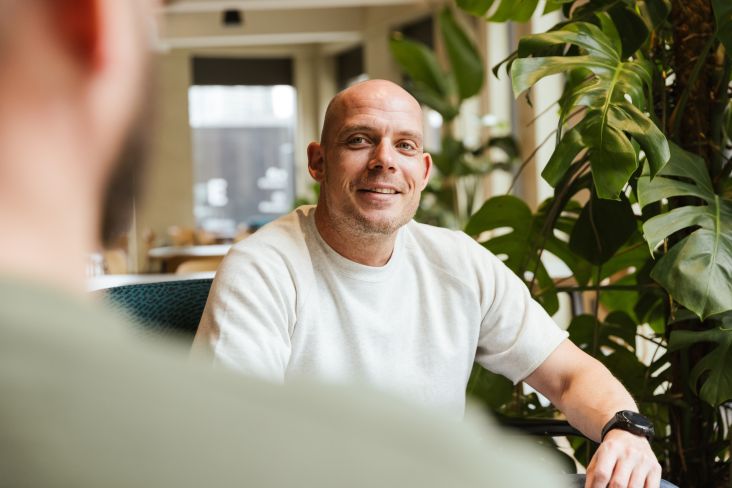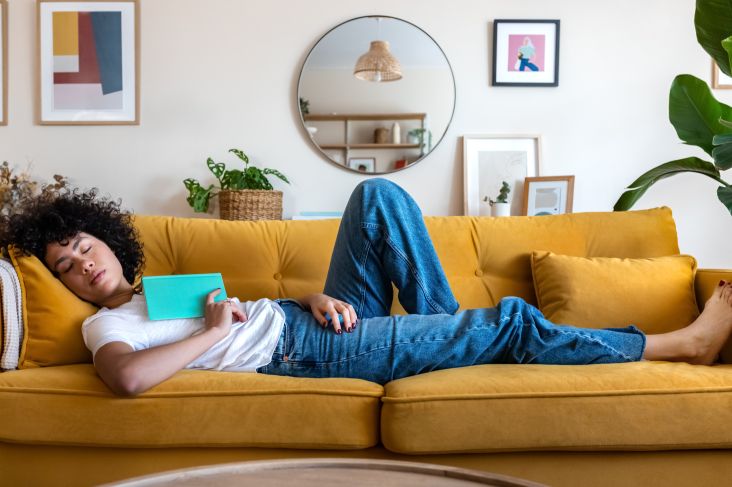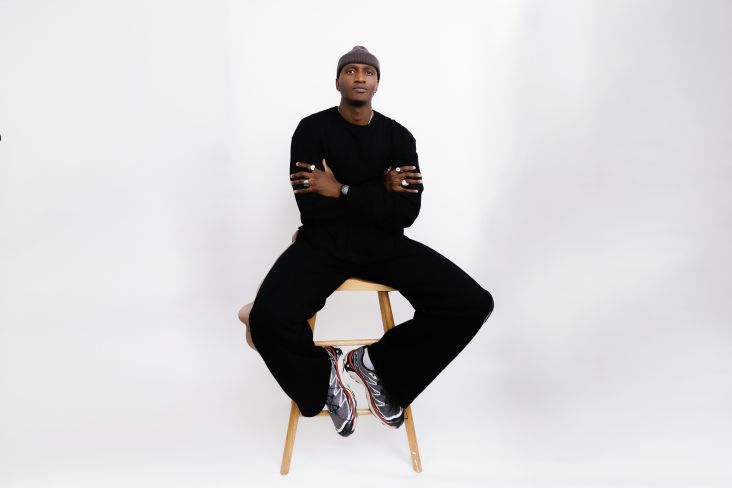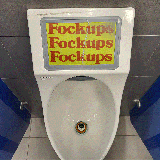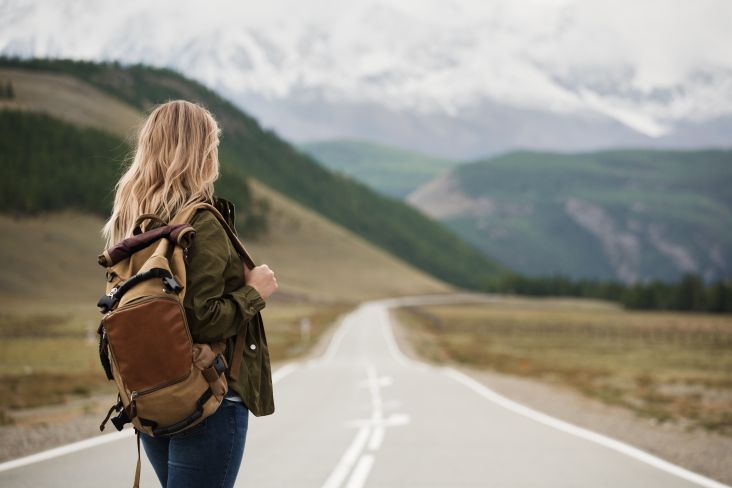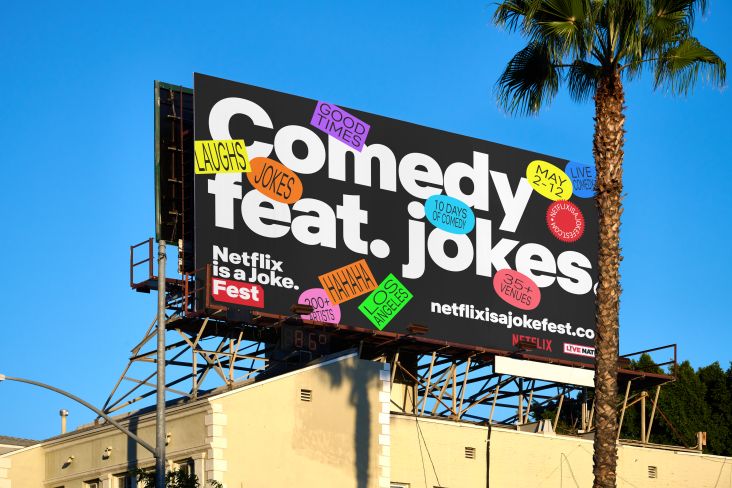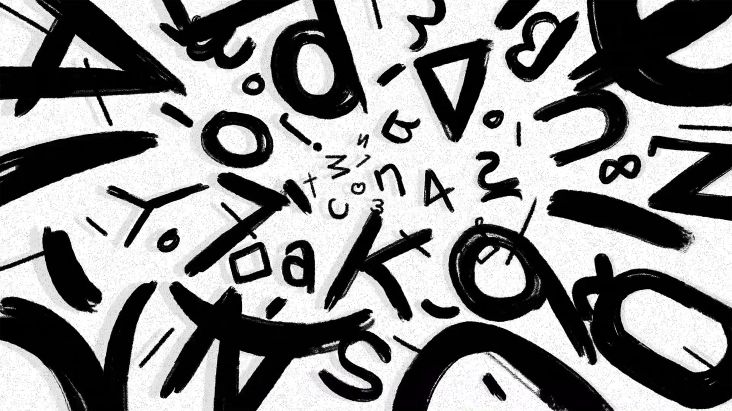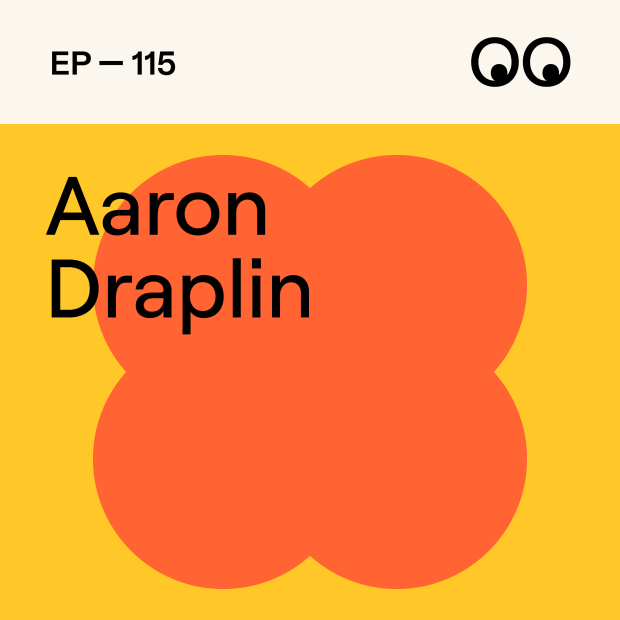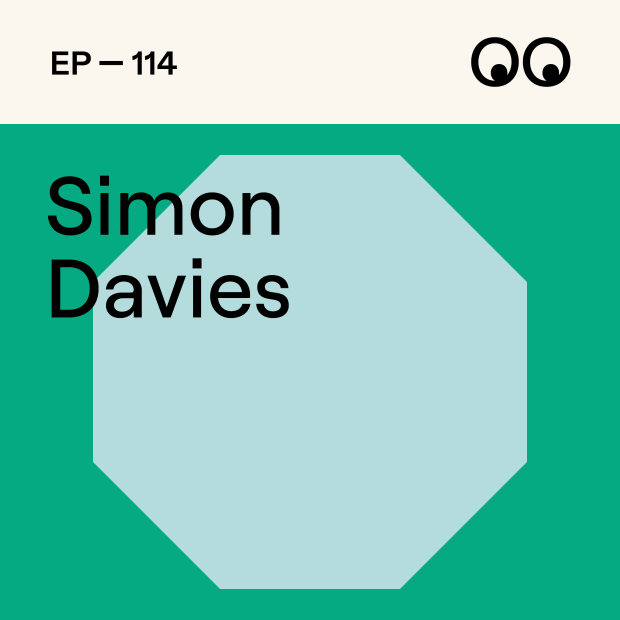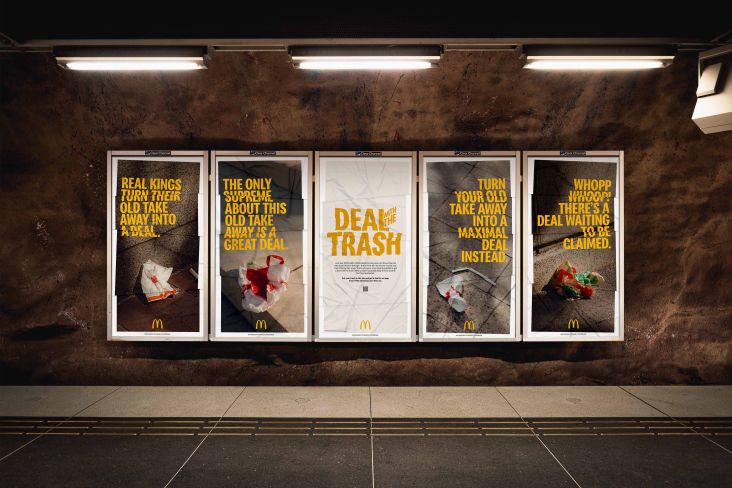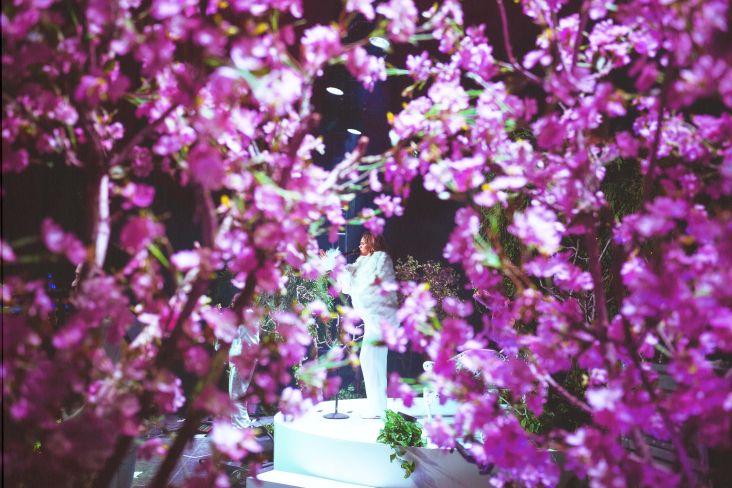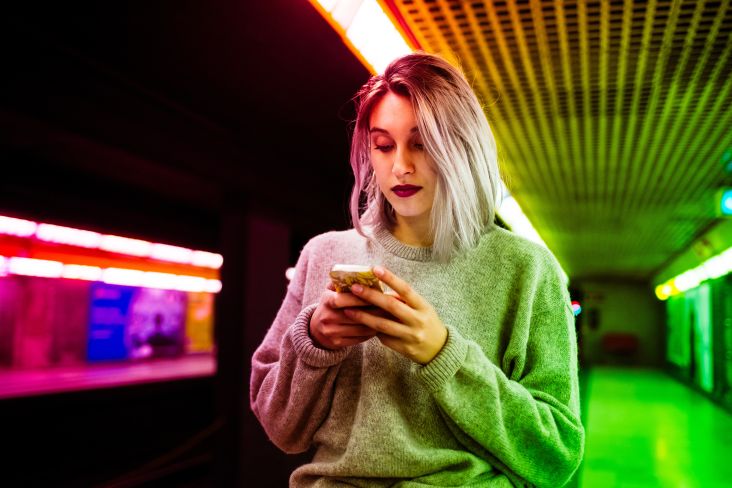What's next for graphic design, according to industry insiders?
We canvass a panel of experts on where the graphic design profession is heading and how agencies might fit into a brave new, AI-driven world.
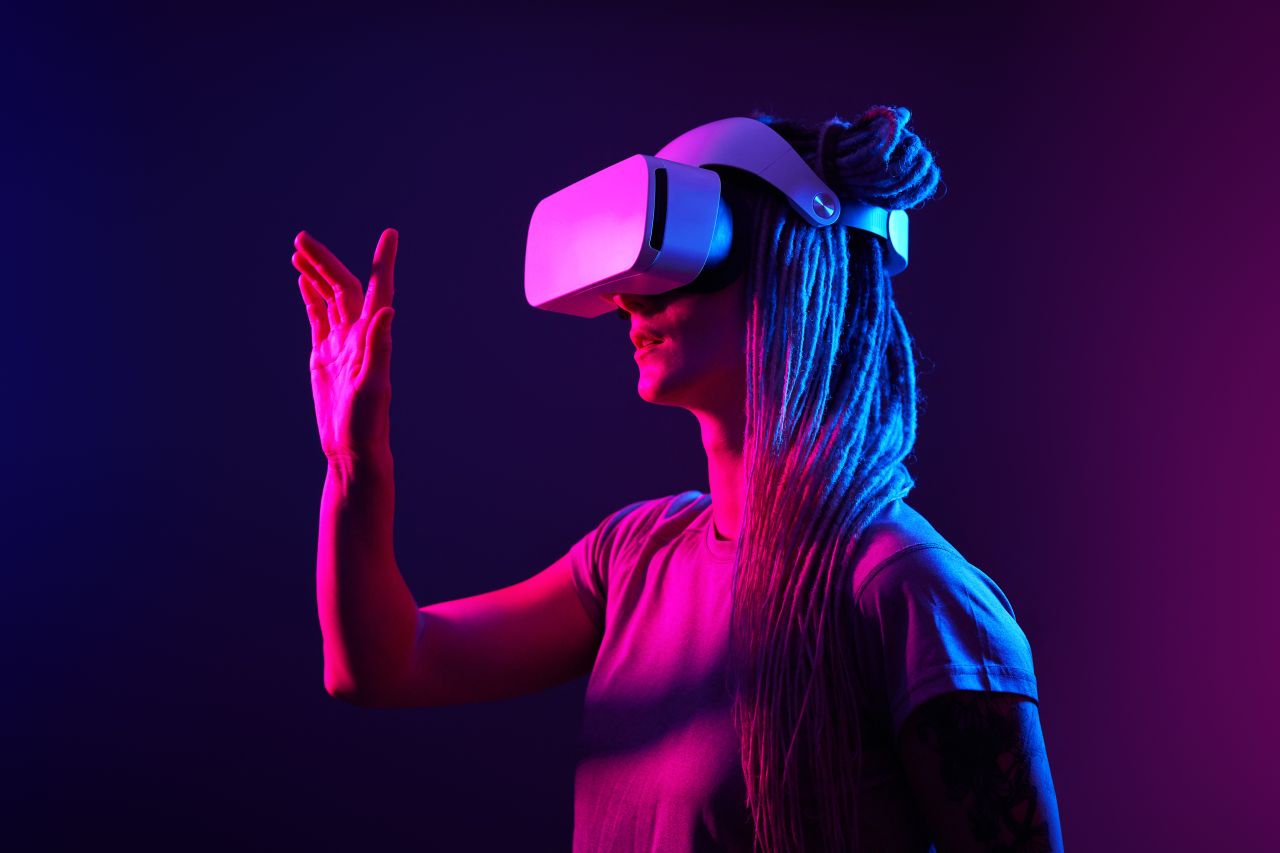
Image licensed via Adobe Stock
Graphic design is an ever-evolving field, shaped by new technologies, changing consumer behaviours, and broader cultural shifts. So you can't stand still for too long. To get a sense of where the industry is heading in the future, we spoke to a panel of creative professionals.
Before we get started, though, let's get one thing clear. We're not talking about "design trends" in the sense of this type of font or these kinds of colours. As Max Ottignon, co-founder of Ragged Edge, says: "We spend our whole time trying to figure out how to avoid such 'trends'.
"There are two main reasons for this," he adds. "Firstly, trends have a beginning and an end. Something that feels 'on trend' will probably feel 'off trend' in the near future. And as brand people, we're trying to build something that lasts. Secondly, following trends means that you're making stuff that looks like everything else. But with branding, the primary objectiveness is distinctiveness."
Yet while trends may come and go at a moment's notice, like ripples on a pond, wider forces drive the design world in one direction over time, like tides in the sea. It's these broader movements we were interested in for this article, and our panel of experts was fully willing to share their insider views.
So read on as we share a bird's-eye view of where graphic design and the agency landscape are heading.
AI can't be ignored
Let's start with the obvious thing. AI is taking over everywhere right now, and that simply can't be ignored.
"We've been using AI for a while now," says Simon Case, founding partner of Chromatic Brands. "We started to use it just for production, basically for resizing ads. The old process of what used to be called a studio and an ad agency was hundreds of people spending all day just resizing digital ads. It's quite a laborious process that needs time and needs people. There are now platforms where you can put in one image and just type in all the different versions, sizes, and file types you need. You press a button and make a cup of tea. And when you come back, it's all done."
"Next, we started using it for visualisation," he continues. "We do a lot of conference design and big trade shows, and visualising those used to take a long time. It was either somebody making 3D models that you had to render or somebody cutting and pasting little bits of Photoshop. So it could take days, weeks even, to get a good visual. Now we're using AI and can get a visual within half a day."
The need to be different
With AI tools now able to accomplish many tasks that once required whole departments, designers have to rethink what they offer to clients, believes Max. The main crux of this offer is being able to think differently.
"We live in an age of convergence," he says. "Designing for algorithms, not people, means that everything is starting to look the same. AI is acting as a force multiplier for this sameness, so it's making it easier and easier to fill the world with mediocrity.
"But rather than being a problem," he continues, "I see this as a huge opportunity. Because those who can create work that looks, sounds and behaves differently are becoming rarer and ever more valuable." In short, designers are able to offer higher-level strategic thinking that software can't yet replicate.
Simon agrees, arguing that "without the strategic and creative ability to generate new thinking, designers won't get far in the future. Design has to become more about ideas and less about 'decorating'."
"The thing about decorating," he adds, "is that it's fashion-based and is subject to the whims of trends. Whereas if the creative solutions you provide are based on solid, strategic foundations, they'll last. But you can't do that as a designer unless you understand strategic foundations, how strategy is done, and how an organisation is positioned. So I think designers sell themselves short when they spend their lives colouring in."
The rise of authenticity
Tebo Mpanza, co-founder and client director at Unfound, takes a similar line, arguing that designers must go beyond aesthetics to understand brand strategy in order to create cohesive, impactful work. And that, ultimately, means developing a deep understanding of your client.
"At Unfound, we spend a lot of time trying to uncover the clients' unique territory and the space they occupy," he explains. "Out of that, everything flows. We want to encourage our clients and the brands we're working with to pursue difference – to challenge the norm, to challenge what's already been, and to push and go further."
To do that, you need to understand the brand's audience, which makes it easier for your work to be authentic. Tebo feels this will become increasingly important as time goes on.
"I think we're going to continue to see a rise in authentic storytelling", says Tebo. "Social media gives us a window into circumstances, people and situations we would otherwise never be privy to. And I'm seeing brands leveraging immersive technologies to tell their stories in a way that allows customers to really experience them. It's all about experience now. Like, I don't want to just see a nice pair of sneakers; I want to get invited onto a sneaker test and experience them."
Personalisation and experience
And here's a connected development: "Personalisation is becoming huge now," says Tebo. "It's hugely driven by AI and machine learning, which is increasingly sophisticated. This allows brands to create highly individualised customer experiences."
He offers an example: "Running events are becoming the new catwalks for brands," he says. "Brands like New Balance and Nike are eager to engage directly with active communities. I see this as the embodiment of brands living their narrative, aligning with the passion points of their audiences in real, tangible ways.
"You go along to the London Marathon, and you see all the brands there popping up and giving away free things," he continues. "And they are really in tune with the culture. Fitness, health, wellness, post-COVID has become a huge conversation. So I think the future of branding and design lies in authentic storytelling, personalisation, brands just becoming real and tangible, and creating memorable experiences."
Smaller teams
Another big theme that emerges from these discussions is how smaller, more nimble teams are upending the traditional agency model. Barrington Reeves, founder and creative director at Too Gallus, thinks this paradigm is on the way out. And part of the reason is the rising skill levels of designers across the board.
"In general, everyone has become much more professional in what we do," he says. And that's no accident. "Access to learning is so much higher than it was 10, 15 years ago," he points out. "Consequently, we see highly skilled people who are juniors and think, 'Wait a minute, they'd have been considered a senior 15 years ago'. So we're seeing designers who are much more capable. That's why smaller agencies can deliver the same quality of work for global brands as much bigger agencies. The only difference is, you don't have five account managers waiting to take you out for drinks."
For Too Gallus, youth is also on their side. "We're a collection of young creatives who are just asking brands the right questions," he explains. "And that's because we understand what's happening in the culture. Plus, we're building bespoke teams around each project, allowing a certain level of agility."
So, while he doesn't believe large agencies are going away completely, Barrington does believe their dominance will wane over time. Simon goes even further, envisioning a world of "single-person, full-service agencies", all leveraging AI for tasks ranging from copywriting to 3D modelling.
"On the one hand, the AI revolution is going to be negative," he says. "I don't think we can underestimate how many jobs will go; it will be a lot. On the other hand, a million new agencies will start, which is kind of what happened when Macs came in. There was a recession, many people got laid off, and they just decided to start on their own with their Mac. So I think we will see a similar thing with AI."
Another structural development that Tebo has noticed is a lessening of the traditional 'them and us' relationship between agency and clients. "We want our partners to see us as just an extension of their own team," he explains. "If budgets allow it, we like to act as a dedicated creative arm of their business."
Barrington has a similar approach. "That traditional agency model, that big-adland approach, is quite transactional," he argues. "Whereas at Too Gallus we really become part of the team, really integrated into the company culture of the people we work with. And I think people really do want that brand immersion from the teams they work with now."
Importance of social media
When thinking of the future, it's worth asking: Where will design live? Once, the answer was in print, then it shifted to digital. Now, in 2024, the answer is more complex than ever. There are so many touchpoints to consider, and one of the most important is social media.
"If you don't understand how to articulate a brand on social media, then you're sunk," argues Barrington. "That's almost the first place any new company rebrand is going to go out in practice. So the quicker we see agencies looking at new platforms like TikTok, and whether or not there's value in them, that's the future. This is part of why new agencies like us – launched in 2020 – can come up the ranks so quickly."
Tebo also stresses the importance of elevating young, diverse, creative voices immersed in culture. That's certainly the case at Unfound. "Our creatives are in the culture," he explains. "They can bring their collective expression and experience to help us deliver world-beating creativity across disciplines for our clients."
In short, as consumer audiences become more diverse and digitally native, brands will increasingly need to prioritise authentic, culturally fluent perspectives to create resonant experiences. Agencies embodying those voices will be best positioned for success.
A more diverse future?
"Cultural fluency" is, of course, requisite to the success of any brand. But Barrington believes this is often sorely lacking, and points to a lack of diversity in the creative industries as a major contributing factor.
"I'm not going to name names," says Barrington, who is also the co-founder of BLM Scotland. "But I'm still seeing all-white brand manager teams, all-white creative teams who are defining, say, cultural Caribbean brands. They're defining the culture of the Caribbean and black people throughout the UK and around the world. And that's something we really need to be careful of in the creative industries: making sure that there is representation on the briefs we work on."
Despite much discussion around this topic, he argues there's still a huge problem with diversity in the creative industry. This is partly due to class barriers (the financial barrier to entry is higher than ever) and also a symptom of widespread nepotism. "If you're from a good background, it helps enormously, and a lot of the industry is about who you know, too," he notes.
But he does believe things are moving in the right direction. "In the last couple of years, we've started to see a more diverse creative industry. Many companies have put in a lot of platforms to help scale up and close that gap. There's an amazing programme in Scotland called Unlocked, which is run by John Doe and puts POC interns into agencies. Having that representation at the agency stage is going to make such a difference in future."
He ends on a positive note. "I do think in the last couple of years, we've seen things starting to move, and you can instantly tell the creative work that has come from that. It's more vibrant, it's more natural to whatever culture that's being talked about. So I am optimistic that we're closing the gap."
Conclusion
In truth, no one knows what lies ahead. But we predict that in future, the most successful designers won't just be pixel-pushers but multidisciplinary creative strategists who are as fluent in brand positioning and strategy as visual design. They'll leverage AI and global freelancer networks to amplify their capabilities, possibly as single-person agencies. And they'll be instrumental in helping brands craft distinctive, emotionally resonant experiences across multiple digital platforms and channels.
While the graphic design landscape will continue rapidly evolving, one thing is clear. Those graphic designers who cultivate agility, strategic rigour, diverse perspectives, and an understanding of new technologies will lead the way.
